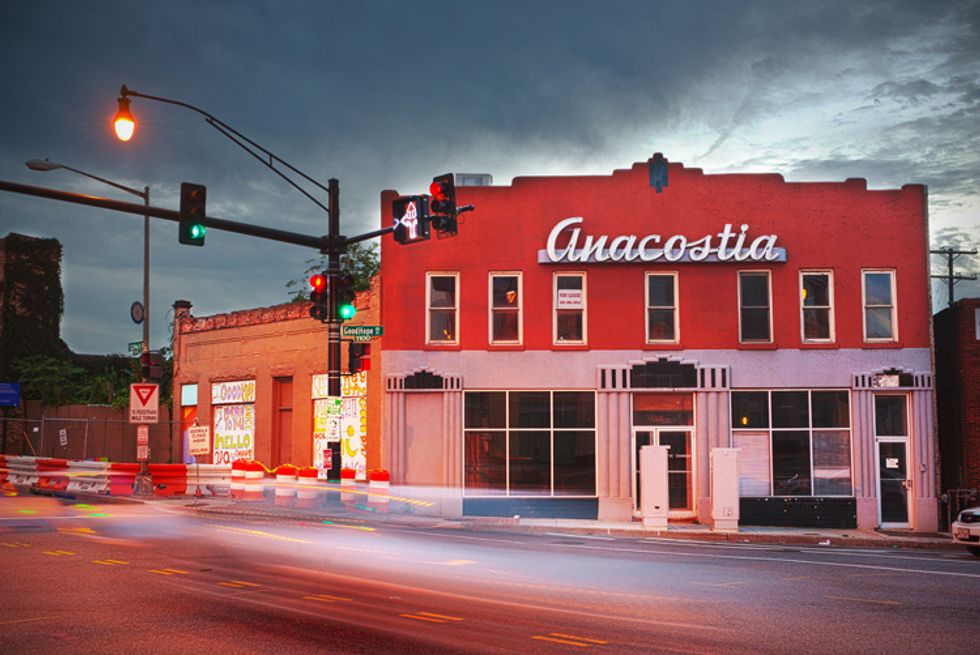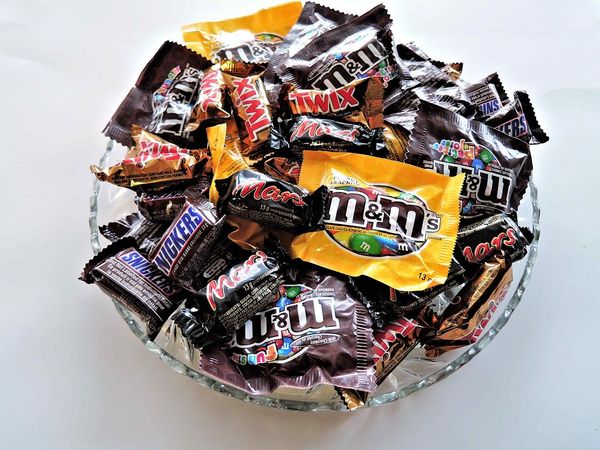This article is a short explanation of a summary and reaction to my recent viewing of the documentary "There Goes the Neighborhood"
Recently, I re-watched There Goes the Neighborhood, which is a short documentary explaining the gentrification process in Washington, D.C. The twenty-two minute documentary sheds light a prominent light of the black culture of the nation's capital through family stories and personal experiences. Throughout the past four decades, the demographics of D.C. have changed dramatically with a constant decline of the black population. In 1970, the black population of D.C. peaked at 71%, but has since fallen ever since; which has opened the flood gates for Non-Hispanic Whites to populate the inner-city in skyrocketing rates.
Much of the Black residents' concern of gentrification stems from misplacement, and having to move from an area that Black families alike have resided for generations on end. Within the city limits, Southeast D.C. seems to be the last area to experience the wave of new residents taking interest in the land. The documentary focused primarily of the area of Anacostia, which is 90% Black according the 2000 Census. David Garber, a real estate agent and D.C. native moved to Anacostia with intention to increase the equity and real estate value in the neighborhood. Garber who is Caucasian has received backlash from residents Anacostia, because much of the Black residents are unsure of his intentions. Garber believes Anacostia needs to have more diversity within the neighborhood, and states his intentions are pure.
In my personal opinion, I believe David Garber's intention are truly pure based from the documentary. His "intentions" are to profit from the neighborhood, which is any real estate agent's job, but it comes at a costly price for residents that have been living in Anacostia for decades. The issue many people of color have with gentrification is the invasion of neighborhood culture that once existed, granted with time people and places naturally change, but gentrification shows no interest in keeping elements of the culture that created a foundation of community. Garber seemed less interested in Anacostia, and more interested and changing the dynamics of community to "his" liking. Another extensive example was the oldest Black community know to D.C. which is "Barry Farms" the first property Blacks could own being freed from slavery. Much like "Barry Farms" the nation's capital is rich in Black history and culture; therefore, it is important to understand how gentrification could negatively impact a neighborhood of hard-working citizens.
Look beyond the convenience of having a Starbucks around the corner, and appreciate the locally owned business that have stood the test of time, those Mom & Pop stores that understand the value of the community beyond making a quick profit. Let's make a change to make the neighborhood better for the current residing citizens, as well as making a way for newer citizens to join and become a part of an empowered community!


















